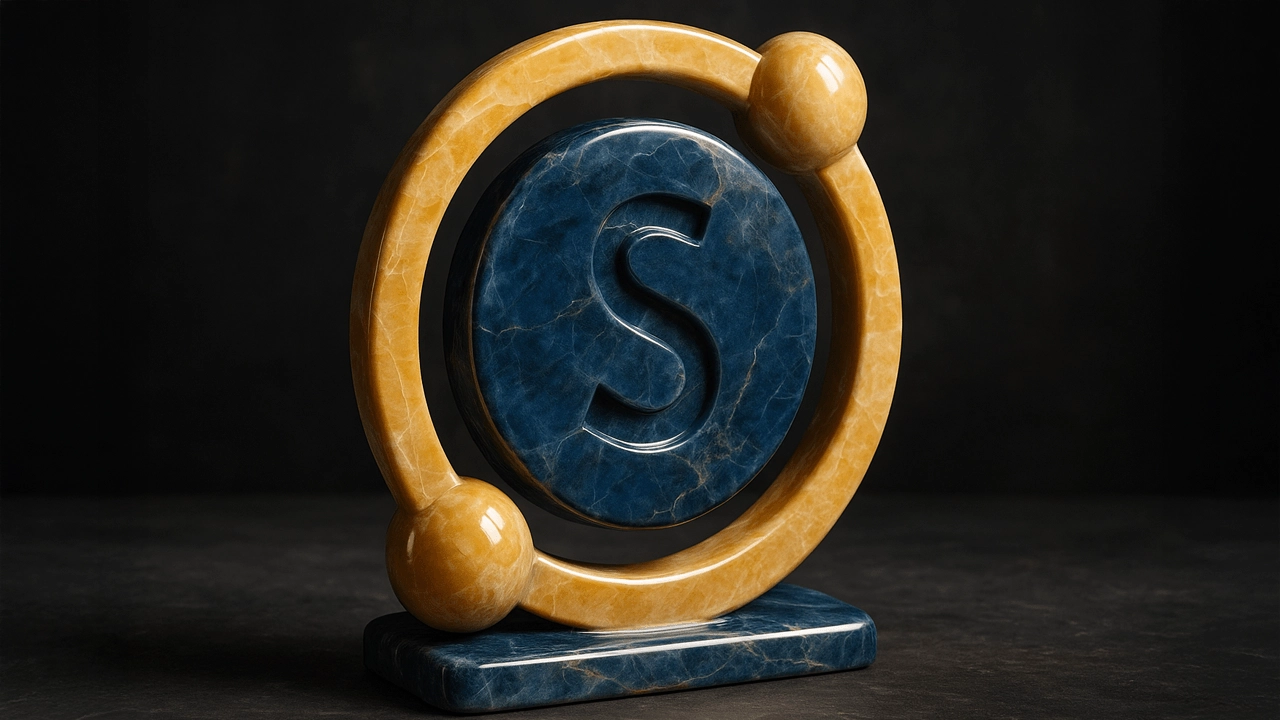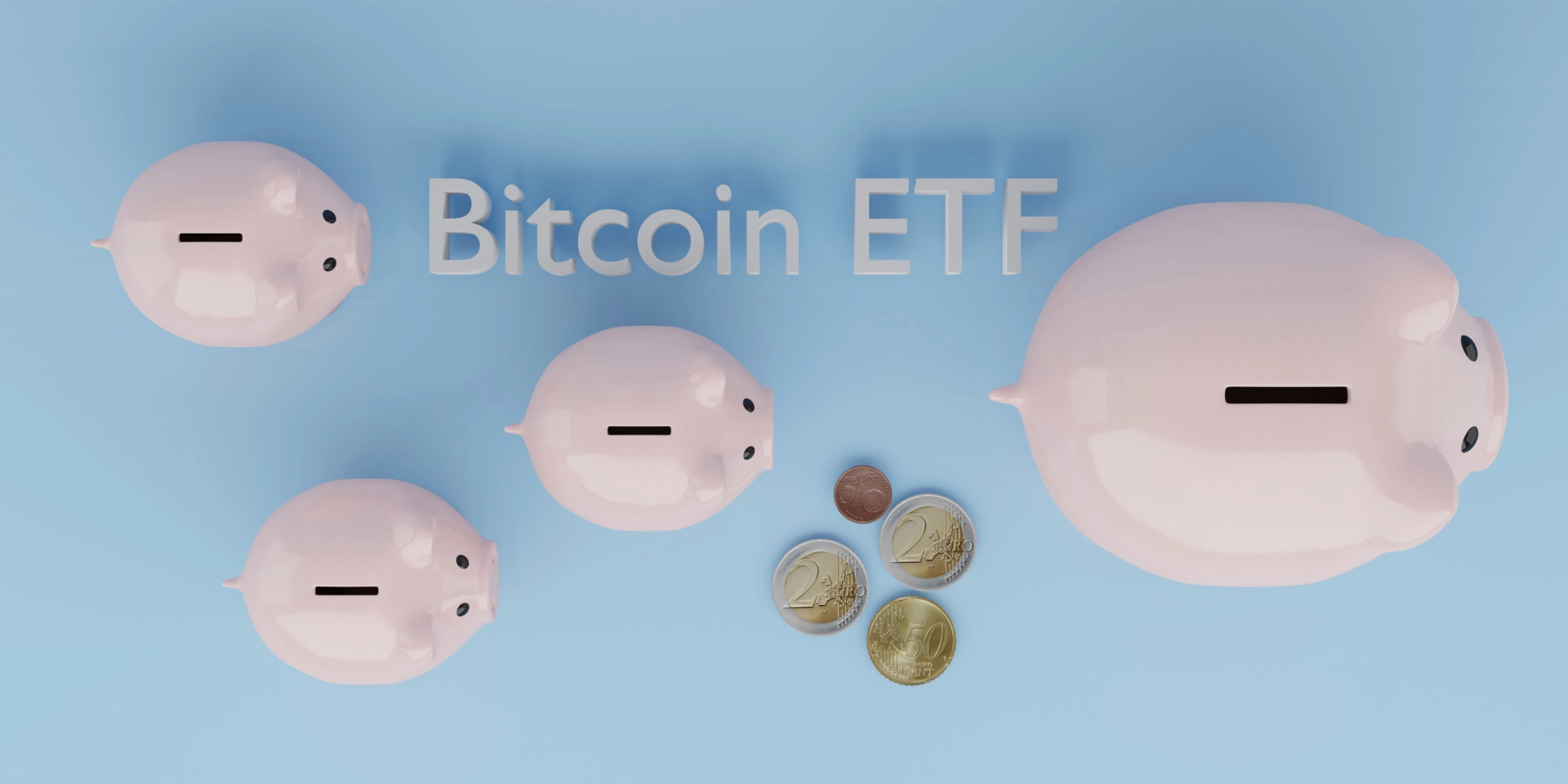Jump Crypto Takes Strategic Stake in Securitize to Bolster Blockchain Finance
Securitize, a leading digital securities platform, announced a strategic equity investment from Jump Crypto on May 8 to enhance institutional access to tokenized real-world assets (RWAs) and improve collateral management solutions.

Strategic Tie-Up Aims to Bridge Traditional Finance With Onchain Assets
The Jump Crypto and Securitize partnership aims to leverage blockchain technology to address liquidity, risk management, and accessibility challenges in digital asset markets. Securitize, which has tokenized over $3.8 billion in securities, will collaborate with Jump Crypto—the blockchain division of trading giant Jump Trading Group—to bridge traditional finance with decentralized systems.
Securitize provides end-to-end tokenization services for major asset managers, including Blackrock and Apollo. Jump Crypto brings expertise in trading infrastructure and blockchain innovation. Together, they plan to develop compliant frameworks for using tokenized RWAs as collateral in lending and trading, targeting institutional investors.
“By working together, we aim to create seamless pathways for investors to access tokenized investment opportunities while maintaining the highest standards of security and compliance,” said Carlos Domingo, CEO of Securitize. Saurabh Sharma of Jump Crypto added:
Jump is focused on being at the forefront of digital asset innovation, and we believe that tokenization will play a critical role in the evolution of financial markets.
The move comes as demand for tokenized RWAs surges, with global markets seeking scalable, regulated on-chain investment avenues. Analysts note blockchain’s potential to reduce settlement times and expand asset interoperability.
Securitize will use the capital to advance its platform and explore new use cases. The company’s partnerships and regulatory compliance focus position it as a key player in the $500 billion+ RWA tokenization sector.
Dollar Collapse Nears: Peter Schiff Says Ending Reserve Status Is Only Way Out
Peter Schiff says the U.S. dollar is about to free fall, insisting the only way to end America’s trade imbalance is to end its reserve currency status.

The End of Reserve Currency Status? US Dollar Faces Terminal Decline as Imbalances Surge
Economist and gold advocate Peter Schiff issued a sweeping critique of U.S. economic policy on May 6, using social media platform X to warn of an impending collapse in the value of the U.S. dollar. Citing structural trade deficits and a lack of monetary discipline, Schiff argued that America’s financial stability is rapidly deteriorating:
The U.S. dollar is about to free fall and gold will soar to heights few can imagine. The only way to end America’s massive trade imbalance is to end the dollar’s role as the global reserve currency.
While highlighting gold’s potential rise, his broader message focused on the systemic weaknesses of the dollar-backed economic model.
In response to a scenario posted by investor Bill Ackman—who proposed a gradually escalating series of tariffs on Chinese imports—Schiff dismissed the idea as ineffective. He placed the blame squarely on U.S. fiscal habits, not foreign trade practices: “I think China has made the decision to move away from the U.S. That means they stop propping up the dollar and lending us money so they can keep selling us stuff we can’t afford.” Schiff suggested that this shift could force Americans into unsustainable consumption patterns driven by fears of inflation. He also commented in another X post: “The dollar will be losing purchasing powers, encouraging people to spend them as fast as they can.”
Schiff also took aim at Federal Reserve Chair Jerome Powell’s recent comments on the economy and inflation, interpreting them as contradictory and troubling. The Federal Reserve maintained its target interest rate range at 4.25% to 4.5% following its May meeting. “Reading between the lines here’s what Powell said,” Schiff began, elaborating:
We’re in a lot of trouble. The economy is weak and getting weaker, but the Fed can’t cut rates as inflation is getting stronger. In fact, we should be hiking rates, but we can’t do that either without creating a financial crisis.
He argued that the Fed’s tools are now ineffective, caught between stoking inflation and triggering broader economic instability.
Tags in this story
Image Credits: Shutterstock, Pixabay, Wiki Commons



